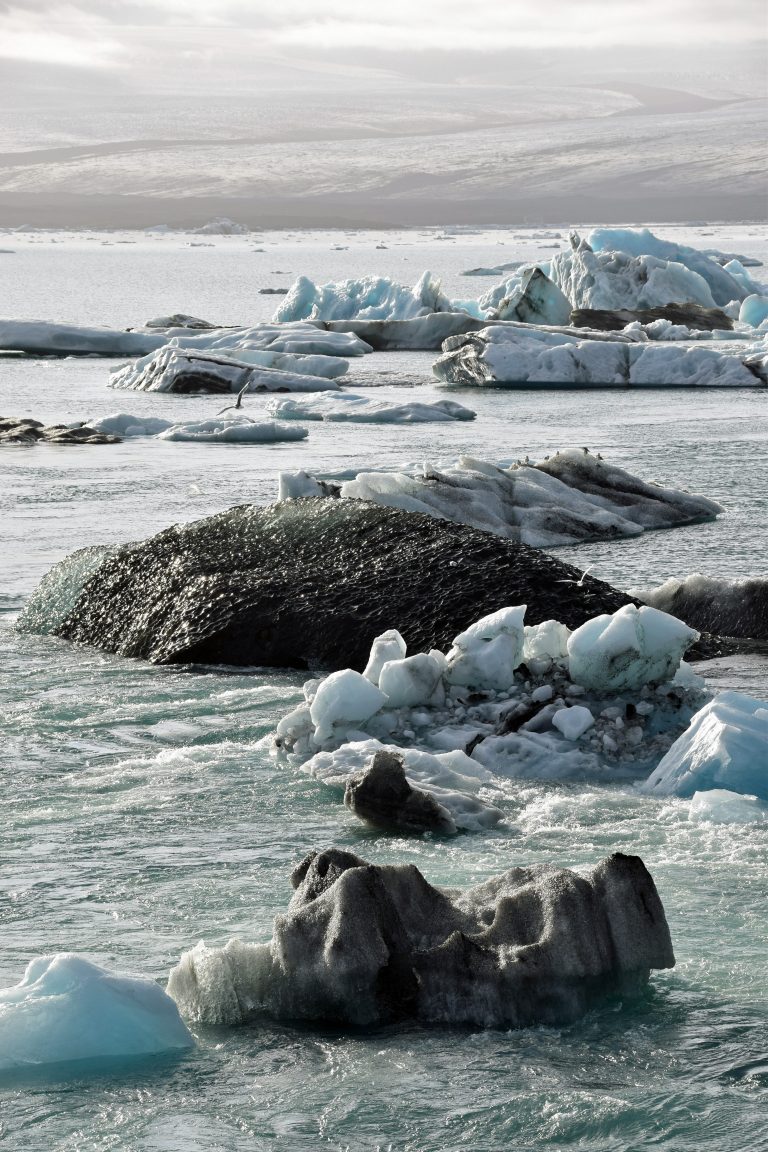Water and Conflict
September 6, 2017
By: Desiree Di Mauro, Rebecca Patton
There are many anecdotes about water wars, particularly in the folklore of the US desert southwest. In reality, water management during times of scarcity has been more of a convening force than a conflict driver. There are multiple examples of nations coming together to ensure at least a relatively equitable distribution of this precious natural resource. The Nile is probably the best known example, but the best reference for the historic agreements (over 300 examples) is the “Atlas of International Freshwater Agreements,” published by Oregon State University, UNEP and FAO.
But what is becoming evident is that water is a natural resource in significant decline. The earth is mostly covered in water, most of it in oceans and not consumable by humans without treatment. Managing the sustainability of potable or fresh water is both complex and expensive. This management is complicated by climate change, technology gaps, and bureaucratic finger-pointing.

Like clean air, drinkable water is a primary requirement for life and lack thereof impacts both entire ecosystems and human societies. As water becomes scarce, there is usually an equivalent decline in food production or availability. On the opposite end of the spectrum, communities inundated with water because of changes in climate are also in need of sustainable solutions. Whenever there is too much or too little water, people move and look to their governance structure to manage water resources. If that fails (and maintaining water supply infrastructure is expensive, so it often gets deferred), there is usually social upheaval, including increased disease, malnutrition, migration, civil unrest and overall calls for someone to do something.
This vacuum, if not filled, leaves a population ripe for conflict. Affected populations are often the most vulnerable and the least capable of identifying and solving the underlying problems. Governments are often unwilling to admit they can’t contain, mitigate or solve the crisis. At the global scale, the UN currently does not have refugee status for many victims of the effects of climate change, such as people who must move due to rising sea levels in places like Kiribati or Smith Island.
So what can be done in these crises and what should be done to forestall them happening in the first place?
In our Water & Conflict course, offered as part of the Master of Natural Resources (MNR) curriculum at Virginia Tech’s Center for Leadership in Global Sustainability (CLiGS), students examine global water management issues in the North American southwest, Brazil, and the Middle East. Then we ask students to “take the reins” of the course, investigating and presenting to one another on the water issues of particular interest in their personal or professional lives.
According to a recent article in Science [Steffen, et al. 2015. Planetary boundaries: Guiding human development on a changing planet. 347(6223)], the use of freshwater globally has not exceeded what scientists term the “planetary boundary” of this resource. That means there’s still time to guide water management toward sustainability. Preparing environmental professionals for the challenges ahead is an important step toward addressing current and future water issues.

Desiree Di Mauro, PhD, and Rebecca Patton, MS, co-teach NR 5884 Water & Conflict for the Virginia Tech MNR Degree Program. Dr. Di Mauro is also a professor of biology and environmental studies at George Mason University, and Northern Virginia Community College. Her areas of expertise include water issues (including the Chesapeake Bay), endangered species management, and environmental education. She enjoys the challenge of finding solutions to natural resource and sustainability issues in her work with private industry, local government, and Federal agencies (USEPA, US Coast Guard). Ms. Patton is a Program Manager with the Natural Resources Institute at Texas A&M University. She works in the DC Metro area supporting the Deputy Assistant Secretary of Defense for Environment, Safety, and Occupational Health, where she just completed an assignment as the Climate Change Adaptation and Resilience Program Manager for the Department of Defense, spearheading the development of DoD’s climate policy.


